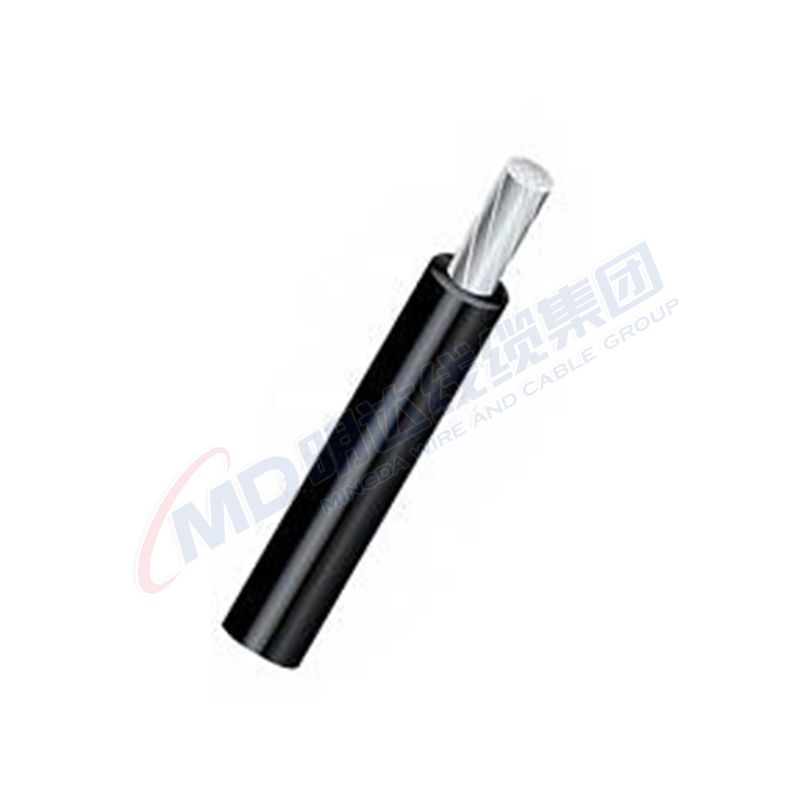ታኅሣ . 12, 2024 05:39 Back to list
non return ball valve
Understanding Non-Return Ball Valves A Key Component in Fluid Control Systems
In the world of fluid dynamics, the significance of valves cannot be overstated. Among the various types of valves, the non-return ball valve stands out as an essential component designed to ensure safety, efficiency, and precision in fluid control systems. This article delves into the workings, advantages, applications, and maintenance of non-return ball valves, providing a comprehensive understanding of this vital component.
What is a Non-Return Ball Valve?
A non-return ball valve, also known as a check ball valve, is a mechanical device that allows fluid to flow in one direction while preventing backflow. It operates using a spherical ball situated within the valve body. When the fluid flows in the intended direction, the ball is pushed away from the seat, allowing the liquid to pass through. However, if there is a reverse flow, the ball is forced back against the seat, sealing the valve and blocking any backward movement of the fluid.
How Do Non-Return Ball Valves Work?
The operational mechanism of a non-return ball valve is relatively straightforward. The valve consists of three main components the valve body, the ball, and the sealing seat. During normal operation, the incoming fluid exerts pressure on the ball, lifting it away from the seat. In the event of a pressure drop or reverse flow, gravity or backpressure pushes the ball back into the seat, creating a tight seal.
This design minimizes potential leaks and ensures that the system operates safely by preventing unwanted fluid backflow, which could damage the system or create hazardous conditions.
Advantages of Non-Return Ball Valves
2. Simple Design Their straightforward design allows for easy installation and operation, making them user-friendly.
non return ball valve

3. Low Maintenance With fewer moving parts compared to other valve types, non-return ball valves require less maintenance, reducing operational costs.
4. Versatility They can handle a wide range of fluids, including water, oil, and gas, making them suitable for various industrial applications.
5. High Flow Capacity The ball provides a smooth passage for the fluid, resulting in lower pressure drops and enhanced flow rates.
Applications of Non-Return Ball Valves
Non-return ball valves are utilized across a multitude of industries, including
- Water Supply Systems Used in municipal water supply and irrigation systems to prevent contamination due to backflow. - Oil and Gas Industries Essential in pipelines to prevent the reverse flow of volatile substances, ensuring safety and efficiency. - Chemical Processing Employed in chemical plants where the prevention of backflow is critical to avoid dangerous reactions. - HVAC Systems Helps in maintaining water movement in heating and cooling systems, ensuring systems operate effectively.
Maintenance and Troubleshooting
While non-return ball valves are designed for durability and low maintenance, regular inspections are necessary to ensure they function correctly. Here are a few maintenance tips
- Regular Inspection Schedule periodic inspections to check for leaks or unusual noises, signifying malfunctions. - Cleanliness Keep the valve and its surroundings clean to prevent debris interference with the ball seat. - Check for Wear Look for any signs of wear on the ball and seat, as these could compromise the valve’s performance. - Test Functionality Periodically test the valve by subjecting it to operational conditions to ensure it opens and closes properly.
In conclusion, non-return ball valves play a critical role in the functionality and safety of fluid control systems. Their unique design features and advantages make them indispensable in various applications across multiple industries. Understanding their operation and maintenance can significantly contribute to the overall efficiency and reliability of fluid management solutions. As industries continue to evolve, the importance of such innovative valves in fluid dynamics will remain a focal point for engineering and technological advancements.
Share
-
Reliable Wafer Type Butterfly Valves for Every IndustryNewsJul.25,2025
-
Reliable Flow Control Begins with the Right Ball Check ValveNewsJul.25,2025
-
Precision Flow Control Starts with Quality ValvesNewsJul.25,2025
-
Industrial Flow Control ReliabilityNewsJul.25,2025
-
Engineered for Efficiency Gate Valves That Power Industrial PerformanceNewsJul.25,2025
-
Empowering Infrastructure Through Quality ManufacturingNewsJul.25,2025


